A Guide to Watch Bezels: 11 Types and How to Use Them
Watches have come a long way, evolving from simple timekeepers to bold fashion statements and symbols of exquisite craftsmanship. While the dial often steals the show, the bezel plays a crucial role in both the look and function of a watch, adding depth and personality to the design.
From bezels that help you keep track of time underwater to those that bring a bit of sparkle or style, each type has its unique purpose. In this guide, we’ll walk you through 11 popular watch bezel types, how they work, and what makes them stand out. Whether you’re a watch enthusiast, a casual wearer, or just curious about what’s out there, this guide will give you a solid understanding of the different watch bezels you might come across.
Contents
What Is a Watch Bezel?
A watch bezel is a ring that surrounds the face of a watch and holds the crystal (the transparent cover protecting the watch face). Usually, the bezel is made up of two parts: an inner ring (bezel insert) and an outer ring (bezel ring).
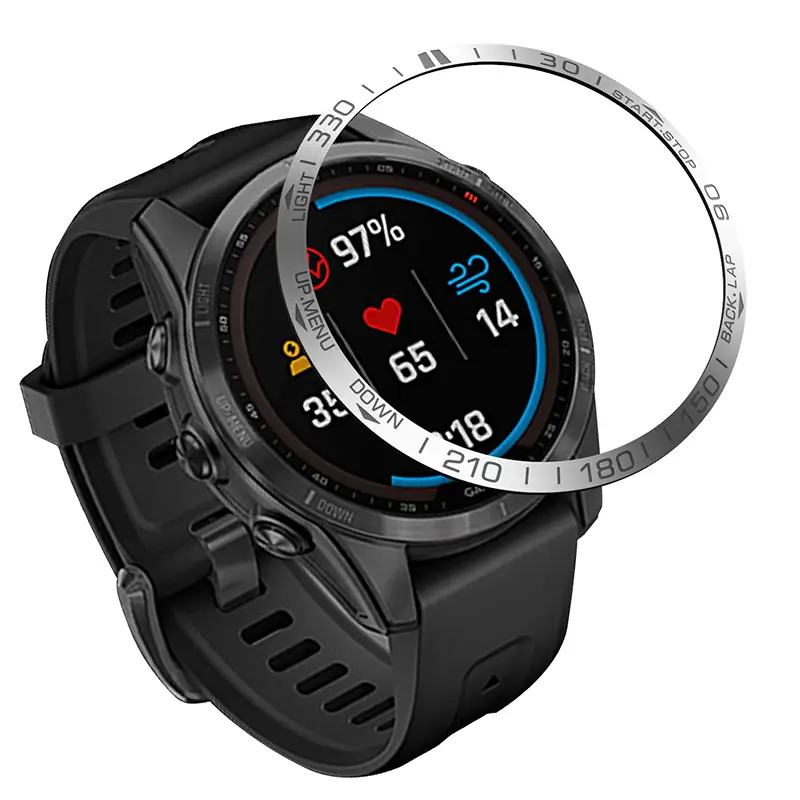
A bezel insert is part of the bezel that sits on top and has specific markings. It is usually made up of stainless steel, aluminum, sapphire crystal or ceramic.
A bezel ring, on the other hand, is the outer part of the bezel that sits on top of the crystal and holds the insert in place. The bezel ring is typically made of the same material as the rest of the watch case.
Functions of the Watch Bezel
Bezels can serve a variety of functions, both practical and decorative.
- Protect the watch crystal/face – The bezel creates a raised barrier around the edge of the watch crystal to protect it from bumps, scratches, and impacts.
- Provide gripping surface – Fluted, knurled, or textured bezels give the fingers something to grip while operating the watch and rotating a movable bezel.
- Enhance aesthetics – Bezels come in different colors, materials, finishes, and designs to complement the watch case and become part of its visual appeal.
- Functional features – Rotating, slide rule, tachymeter, and diver’s bezels allow users to track time, calculate speed/distance, and more. Markings and scales on the bezel provide information.
Now, let’s take a closer look at the most common watch bezel types available on the market.
11 Types of Watch Bezels
1. Uni-Directional Bezel
This type of bezel is commonly found on dive watches and has markings for minutes. It is designed to be rotated in only one direction (usually counterclockwise), which allows the wearer to keep track of how much time has elapsed underwater. The uni-directional feature is important because it prevents the bezel from being accidentally moved in the opposite direction, which could lead to the wearer miscalculating the elasped time.
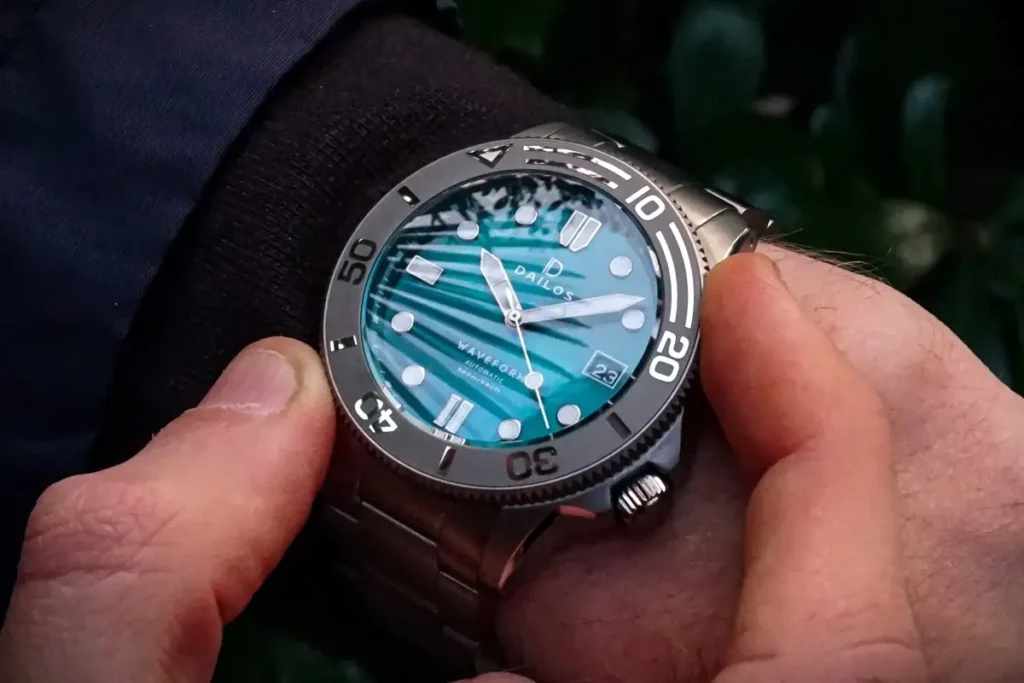
Using it is simple: line up the bezel’s zero mark with the minute hand when you start timing. As time passes, read the minute hand against the bezel’s markings to track elapsed time.
Say you start a dive at 10:00 a.m. Turn the bezel to align its zero with the minute hand at 12 o’clock. Now you can easily see how long you’ve been underwater by checking where the minute hand points on the bezel’s markings. While Uni-Directional Bezels are designed for diving, they are handy for timing all sorts of everyday activities.
2. Bi-Directional Bezel
The bi-directional bezel can be rotated in either direction and is often used for tracking elapsed time in general, rather than specifically for diving. Some bi-directional bezels have markings for minutes or seconds, while others have markings for the hours.
3. Tachymeter Bezel
A tachymeter bezel is used to measure speed over a known distance. It is marked with numbers that correspond to units of distance (usually kilometers or miles), and the wearer can use it to calculate their speed by timing how long it takes them to cover that distance.
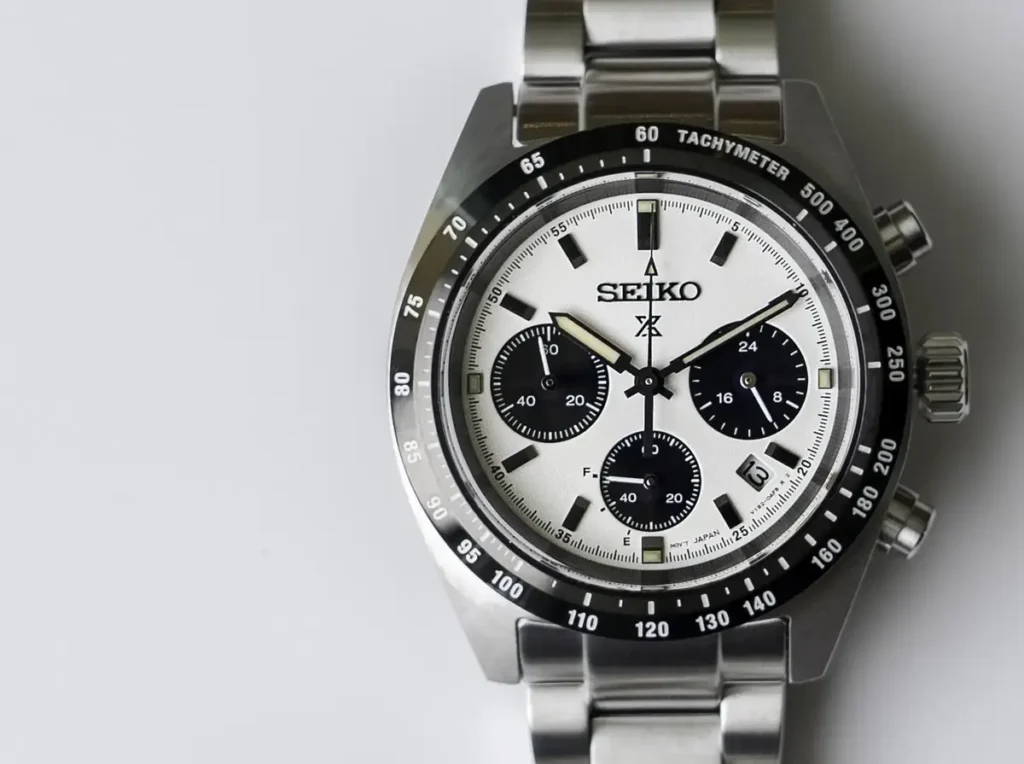
Let’s say you’re driving and want to know your speed over one kilometer. Start your chronograph at the beginning of the kilometer and stop it at the end. If it took 30 seconds, the second hand will point to 120 on the tachymeter, showing you’re traveling at 120 kilometers per hour (or about 75 mph). Or if it took 60 seconds (one minute), you’d be going 60 units per hour.
The math behind it is based on the formula: Speed = (3600 seconds ÷ time in seconds).
4. Dual-Time Bezel
A dual-time bezel lets you track time in two different zones at once. No extra hands needed – just the bezel markings and your regular watch hands.
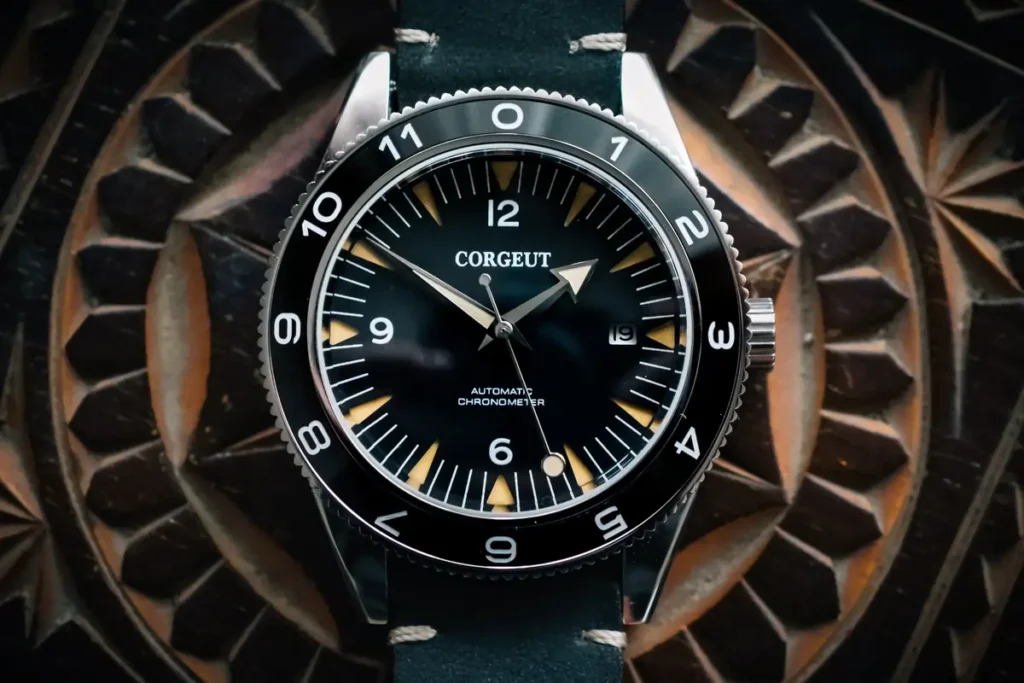
Here’s how it works: Keep your watch hands on your local time. Then turn the bezel to line up with your second time zone. Now you can read both times easily.
Say you’re flying from New York to Paris. Your watch hands show New York time at 3:00 PM. Since Paris is 6 hours ahead, rotate the bezel so its 9 marks your current 3 o’clock position. Now as your watch runs, you’ll see New York time on the dial and Paris time on the bezel. Super handy for keeping in touch across time zones!
5. GMT Bezel
A GMT bezel, paired with a dedicated GMT hand, allows you to track two time zones simultaneously on GMT watches. Unlike a dual-time bezel, it’s designed for zones that differ by whole hours, such as London’s GMT time.

Using it is straightforward: Set your regular watch hands to your local time, then point the GMT hand to your second time zone on the bezel. The GMT hand is usually a different color or shape to avoid confusion.
Let’s say you’re in New York at 3:00 PM and want to know London time. Since London is 5 hours ahead, set your GMT hand to 8:00 on the bezel. Now your main hands show New York time while the GMT hand tracks London. The hands move together, keeping both times accurate.
6. Compass Bezel
The Compass Bezel is marked with directions (north, east, south, west) and degrees of rotation (0° to 360°). The bezel can be rotated to set a heading or bearing or to measure an angle or distance.
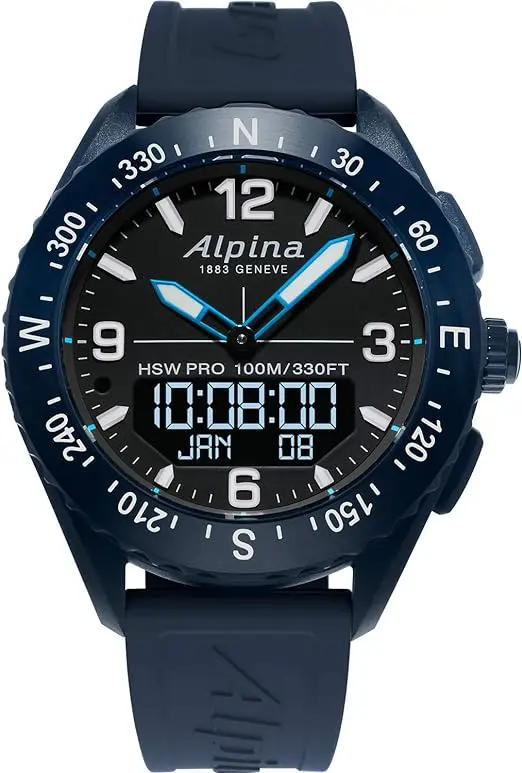
How to Use Compass Bezel?
Using a compass bezel can be a bit tricky to grasp, so we’ve included a YouTube video below. A visual demonstration makes it much easier to understand than reading about it alone.
The compass bezel is handy for basic direction finding. While it shouldn’t replace a real compass for serious navigation, it can help you get your bearings in a pinch when you need a quick sense of direction.
7. Slide-Rule bezel
A slide-rule bezel turns your watch into a wrist calculator. It’s a rotating ring with special number scales that helps with various math calculations. Back before digital calculators, pilots and engineers relied on these clever tools for their daily calculations.
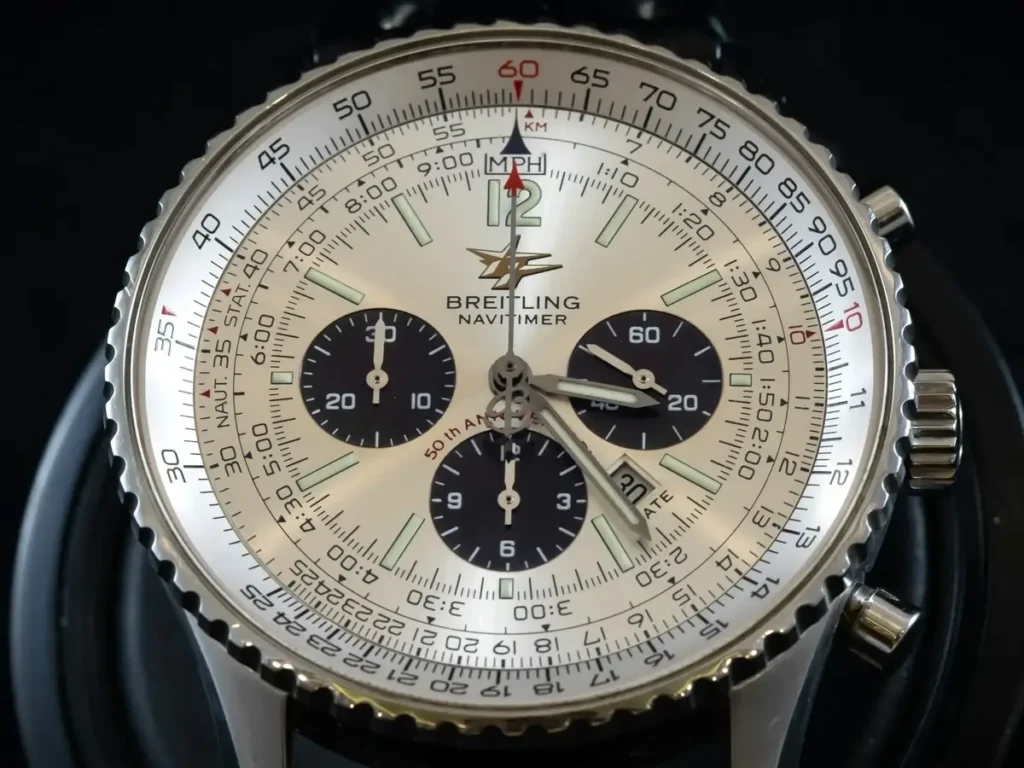
Here’s what makes it special:
- Math-based number scales let you multiply, divide, and even find square roots
- The bezel turns both ways, making it easy to line up numbers for your calculations
- A marker arrow helps you read your final answers accurately
While these bezels are fascinating tools, they can be tricky to master. Each watch model might have different features and ways of calculating. That’s why it’s worth spending some time with your watch’s manual to learn all its capabilities – you might be surprised by what your bezel can do!
8. Coin-Edge Bezel
This classic bezel style has small ridges that look like the edge of a coin. It’s commonly found on dive watches because it’s easy to grip, even when wearing gloves.
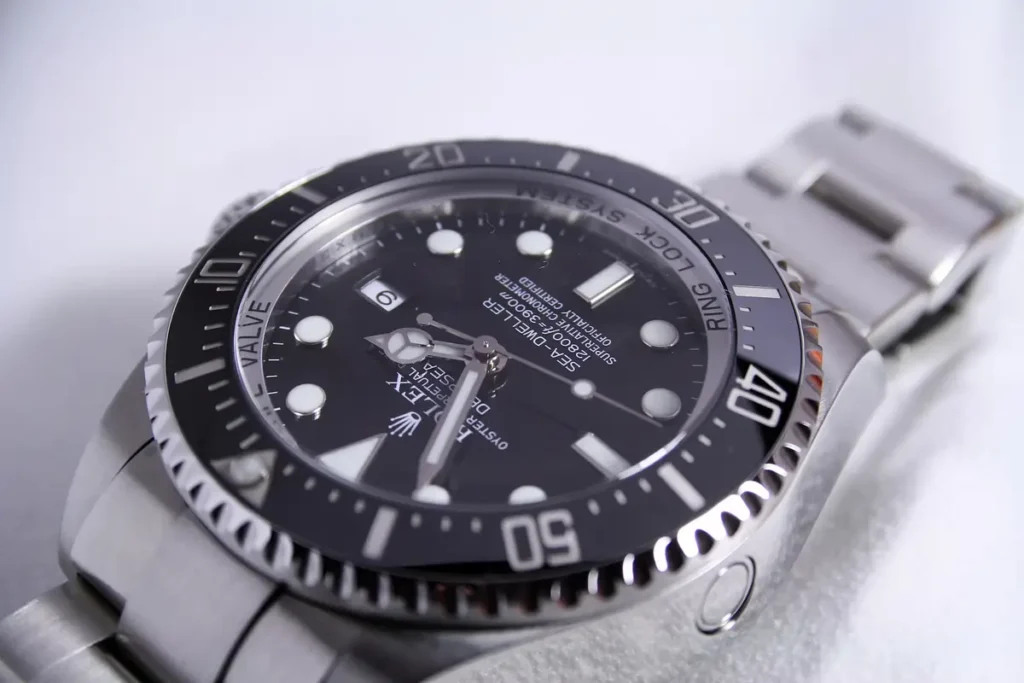
9. Fluted Bezel
The fluted bezel features small vertical grooves around its rim. You’ll often spot this elegant design on dress watches.
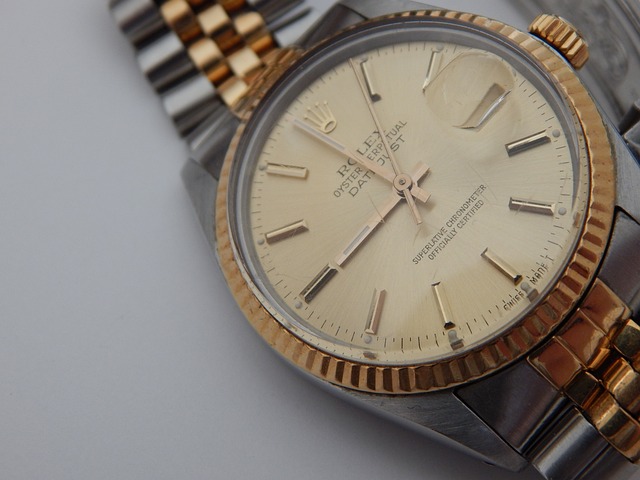
10. Pavé Bezels
Pavé bezels are set with small, glittering stones, such as diamonds or crystals, giving the watch a luxurious and sparkly look. It is mostly found on women’s watches.
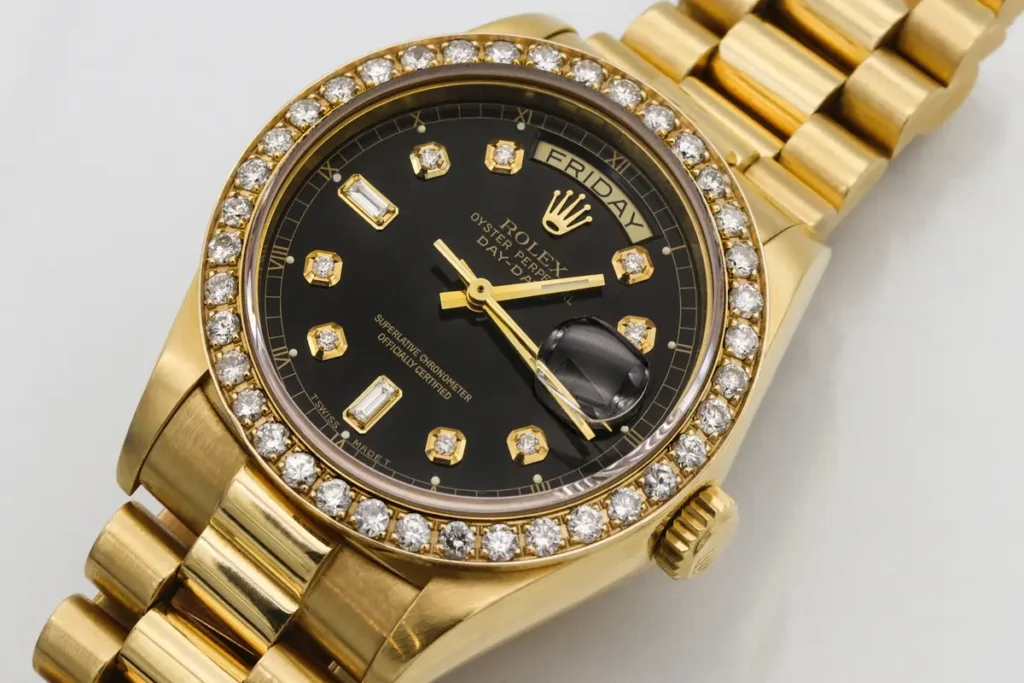
11. Luminous Bezels
Luminous bezels glow in the dark thanks to special materials like Super-LumiNova. They’re perfect for divers, pilots, or anyone who needs to read time in low light.

Wrapping It Up
Watch bezels might seem like a small detail, but they’re packed with purpose and style. Whether you’re drawn to the practicality of a dive bezel, the technical edge of a tachymeter, or the elegance of a pavé bezel, understanding these features can help you choose the perfect watch for your lifestyle.
Here’s a quick tip: always consider your needs when picking a watch. If you’re into outdoor adventures, opt for a bezel with functional tools like elapsed time or compass markers. If style is your focus, a decorative bezel like a fluted or pavé design can add that extra touch of sophistication. And don’t forget to maintain your watch—regular cleaning and servicing will keep both the bezel and the watch in top-notch condition.
We hope this guide helped you gain a clearer understanding of watch bezels. If you have any questions, insights, or bezel preferences of your own, let us know in the comments. We’d love to hear from you and geek out together about the beauty of timepieces.